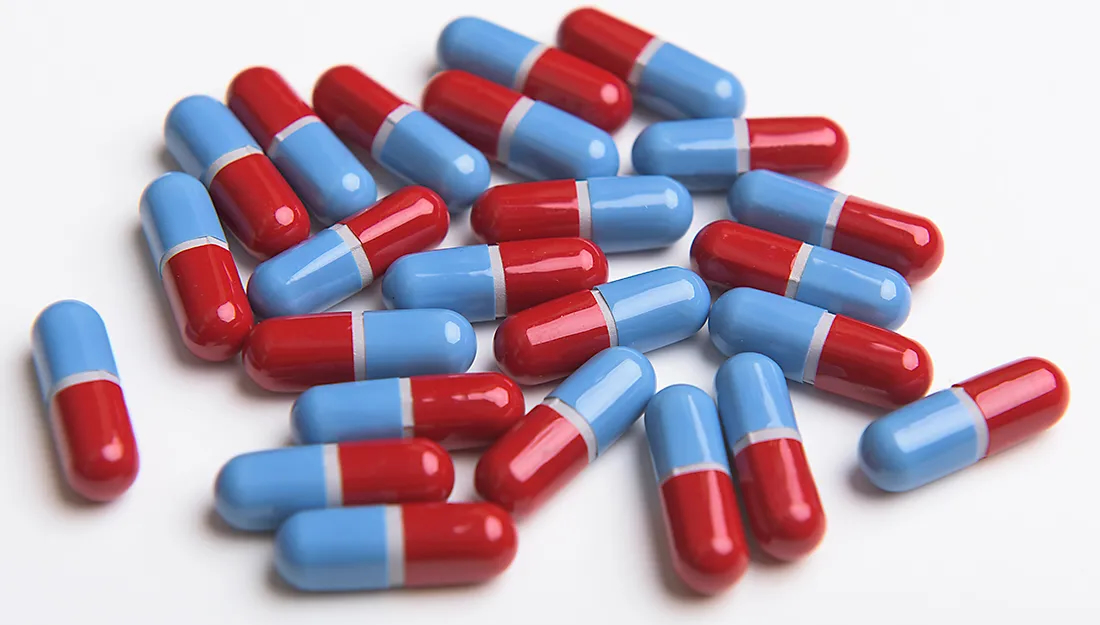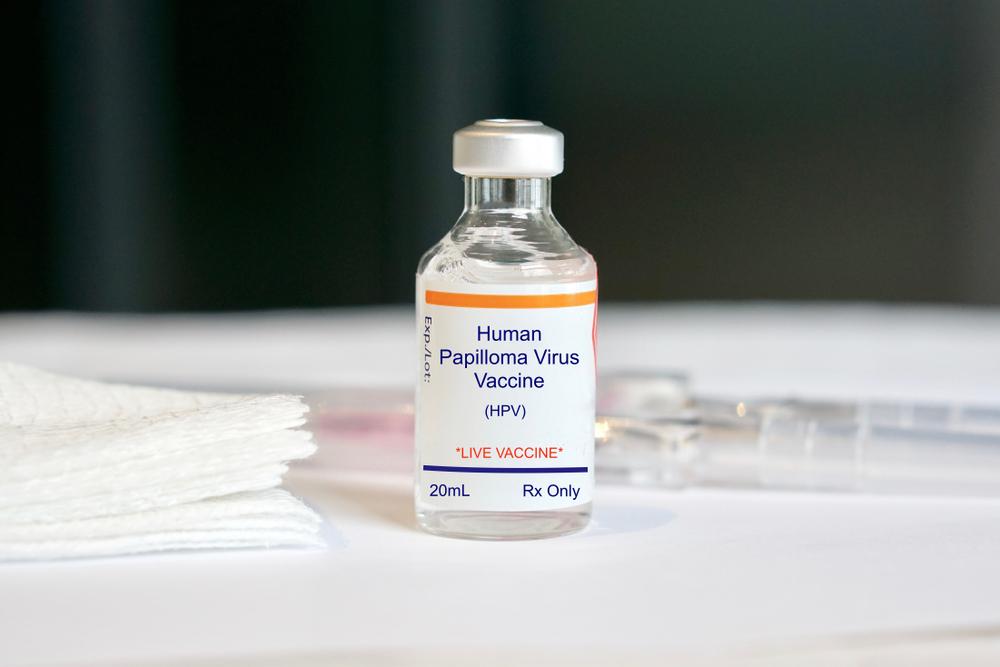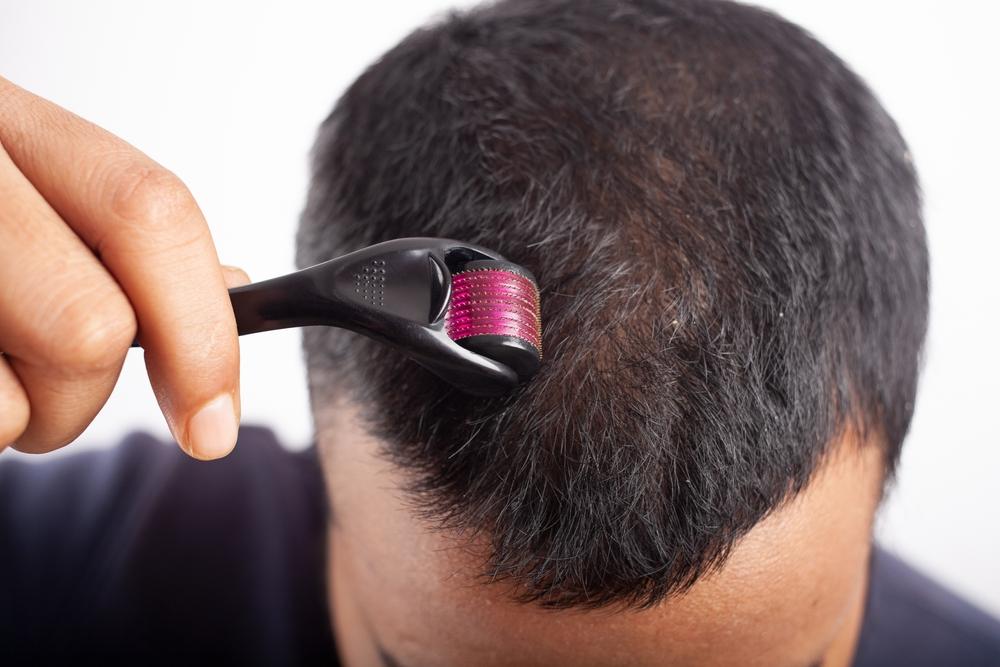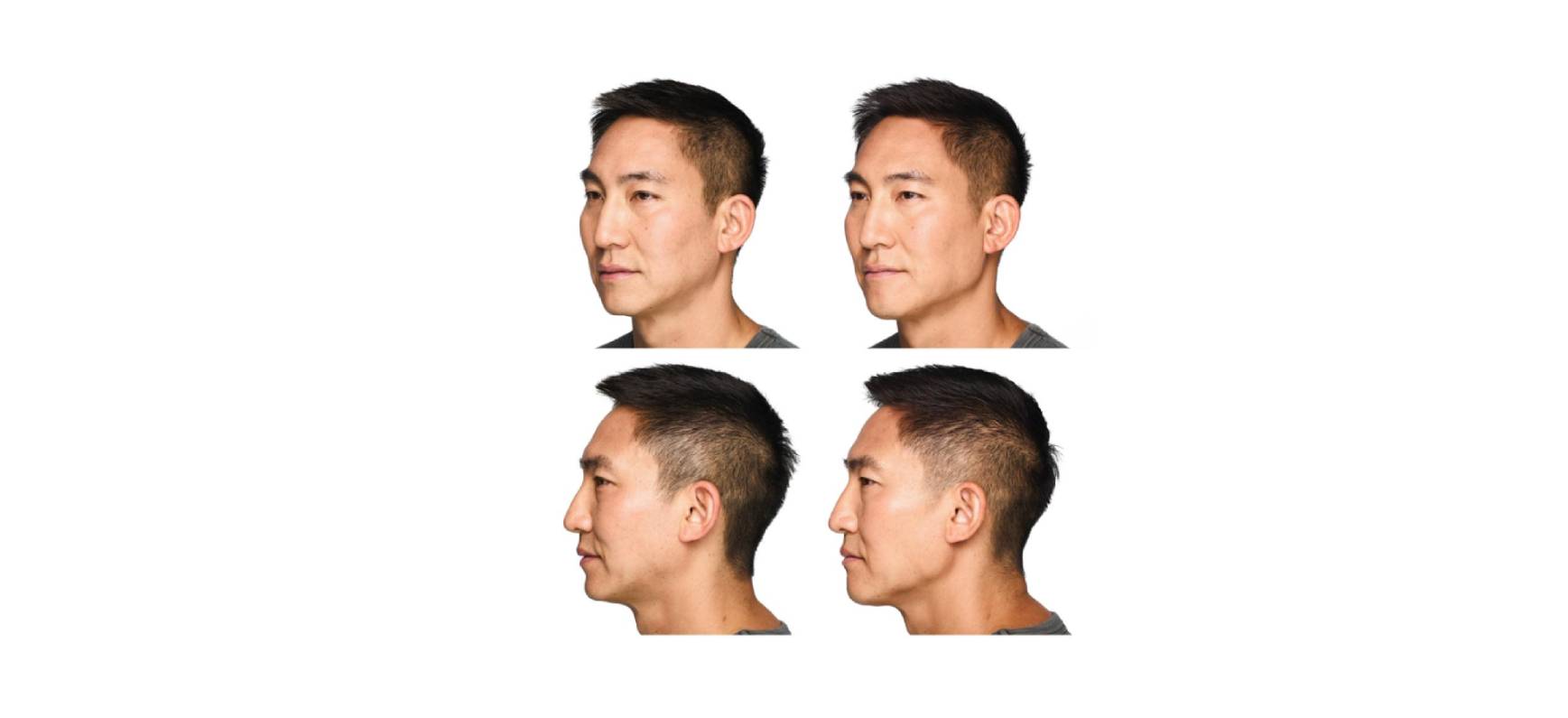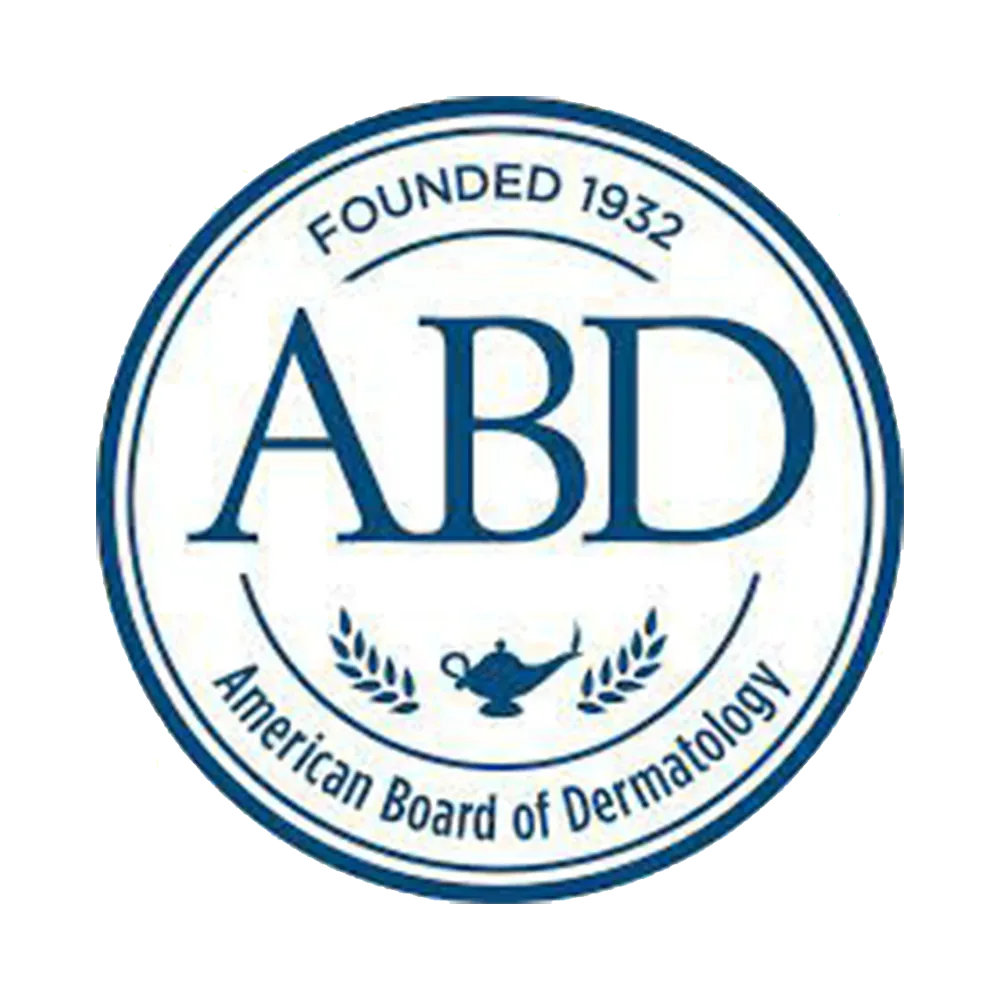Warts if you’ve ever had one, you know how annoying and often difficult they can be to treat. These small, often unsightly skin growths are caused by Human papillomavirus (HPV), which is present everywhere in the human population.
The most common presentation of HPV is warts that grow on the skin, also known as cutaneous warts. They may appear on the hands, feet, or other parts of the body. They can be a source of discomfort, embarrassment, and frustration and can even cause cancer.
Traditional treatments often involve physically removing the wart, using methods such as freezing (cryotherapy), lasers, or creams with salicylic acid. Unfortunately, these methods can be painful and are not always effective, especially where warts are persistent or recur after removal.
In recent years, researchers have been exploring new ways to treat wart. One promising method is using a vaccine designed to treat specific HPV types that cause cervical cancer and genital warts.
Traditional Wart Removal Methods:
Salicylic Acid
Salicylic acid treatments are a mainstay in wart removal, working by peeling away the infected skin. Over-the-counter options are available, and they’re best applied after soaking the wart in warm water to soften it. Prescription-strength formulations, often combined with cryotherapy, are used for more stubborn warts.
Cryotherapy
Cryosurgery, or freezing therapy, is a common choice for treating warts, particularly in adults and older children. This method uses liquid nitrogen to freeze and destroy wart tissue. Although not typically painful, cryotherapy can require multiple sessions to be effective and may lead to temporary dark spots on darker skin.
Surgical Methods
In more resistant cases, surgical options such as curettage (scraping off the wart) or laser therapy might be considered. These are more invasive methods and generally reserved for warts that do not respond to other treatments.
Imiquimod
Imiquimod is an immune response modifier that has shown efficacy in treating warts, particularly genital warts. It’s typically applied at home. This treatment induces the body to produce cytokines, which are part of the immune response to HPV.
Cidofovir
Cidofovir, an antiviral medication traditionally used for cytomegalovirus. It has demonstrated promise in treating warts. Intralesional injections of cidofovir have led to dramatic responses in patients with common warts. It shows this treatment to be a potent alternative with minimal complications. Topical applications have also been reported to be effective, particularly in pediatric patients.
Candida Albicans Antigen
Another immunotherapeutic strategy involves injecting intralesional Candida albicans antigen into the wart, which can prompt the immune system to clear the wart. This method is typically used in recalcitrant cases and has shown positive results. Sometimes even resolving warts that were not directly treated, suggesting a systemic immune response.
A New Way to Fight Warts: Intralesional HPV 9-Valent Vaccine
The study explored the use of an intralesional HPV 9-valent vaccine. This vaccine is typically used as a preventive measure against certain types of HPV that can lead to cancers. Such as cervical, vaginal, and anal carcinomas, as well as genital warts to treat common warts. In the past, some HPV vaccines have been used to treat persistent warts. But this study is the first to investigate the use of the 9-valent HPV vaccine specifically for this purpose.
The 20 patients involved in the study were given injections of the vaccine directly into the largest existing wart. This procedure was repeated every two weeks until the wart was gone, for up to six sessions.
The Results
The results were promising. 60% of the patients showed a complete response, meaning the warts were completely gone, and 40% showed a partial response. Additionally, older age was associated with a better response, while those with a history of laser therapy experienced worse outcomes. The safety profile was also encouraging, with only minor and transient local adverse effects reported, such as pain during injection. Importantly, there were no systemic adverse effects. The treatment even seemed effective in two patients with immune impairment, indicating the vaccine might be a viable option for those with weakened immune systems.
How Does It Work?
The use of an HPV vaccine to treat warts might sound strange, but there’s scientific logic behind it. The vaccines contain noninfectious HPV-like particles that can prompt the body’s immune system to attack the virus. This can help the body identify and eliminate HPV not only at the site of injection but also in distant locations, potentially preventing recurrences as well. Interestingly, the injected antigens (substances that induce an immune response) might also provoke a reaction to the wart virus itself, providing an additional line of attack against the wart.
Gardasil
Gardasil, widely known for its role in preventing certain strains of the Human Papillomavirus (HPV), which are responsible for causing cervical cancer and genital warts, has also been discussed in the context of its potential effects on common warts. This post delves into what Gardasil is, its primary uses, and explores the relationship between this vaccine and the treatment of common warts.
More Than Just a Cancer Vaccine
Gardasil is a vaccine designed to protect against various strains of HPV, particularly those that are most commonly associated with cervical cancer and genital warts. It’s primarily recommended for preteens and young adults, with the goal of immunizing individuals before they become sexually active, thus reducing the risk of HPV transmission and its associated complications.
HPV and Common Warts
While HPV is best known for its role in causing cervical cancer and genital warts, it’s also responsible for common warts, which appear typically on hands and feet. These warts, though not dangerous, can be a cosmetic concern and sometimes painful. They are caused by different strains of HPV than those primarily targeted by Gardasil.
Gardasil and Common Warts: Is There a Link?
Currently, Gardasil is not officially recommended or used as a treatment for common warts. The vaccine targets specific strains of HPV (types 6, 11, 16, and 18), mainly those associated with cervical cancer and genital warts. Common warts are typically caused by different HPV strains (such as types 1, 2, and 7), however is has been used off label as an immunotherapy for common warts. The primary role of Gardasil is preventative.
By immunizing individuals against certain strains of HPV, the vaccine significantly reduces the risk of developing conditions associated with these strains, such as cervical cancer and genital warts. However, if injected directly into common warts it may stimulate the immune system to get rid of common warts. This new approach also emphasizes the incredible power of vaccines, not just as preventive measures but also as treatment tools.
The adaptability and potential of vaccines continue to surprise and innovate in the medical field, opening doors to new possibilities in patient care and wellness. Whether it’s preventing deadly diseases or treating something as common as a wart, the science of vaccination remains an essential and ever-evolving tool in our health care arsenal.
Balancing Effectiveness with Patient Needs
Wart treatment has evolved significantly, with a range of options from simple topical applications to advanced immunotherapy. Individuals struggling with warts can now choose from traditional methods or explore newer, immune-based therapies for a personalized approach to treatment. As always, patients should discuss with their healthcare providers to select the most appropriate treatment for their specific case, considering the type of warts, location, and personal medical history.
When deciding on a treatment plan, it’s crucial to balance the effectiveness of the method with the needs and preferences of the patient. Over-the-counter solutions like salicylic acid may be sufficient for some, while others may require the more aggressive approach of cryotherapy or surgical removal. For those with recurrent or resistant warts, immunotherapy offers a promising alternative that not only targets the warts but also engages the patient’s immune system to prevent recurrence.
The journey to a more confident you starts with one decision. That is the decision to get treated, why wait? If you’re on the fence or have questions brewing, remember: We at Sullivan Dermatology are always here to help.
If you have any concerns, don’t hesitate to reach out to us at Sullivan Dermatology – we’re here to make you your best!


